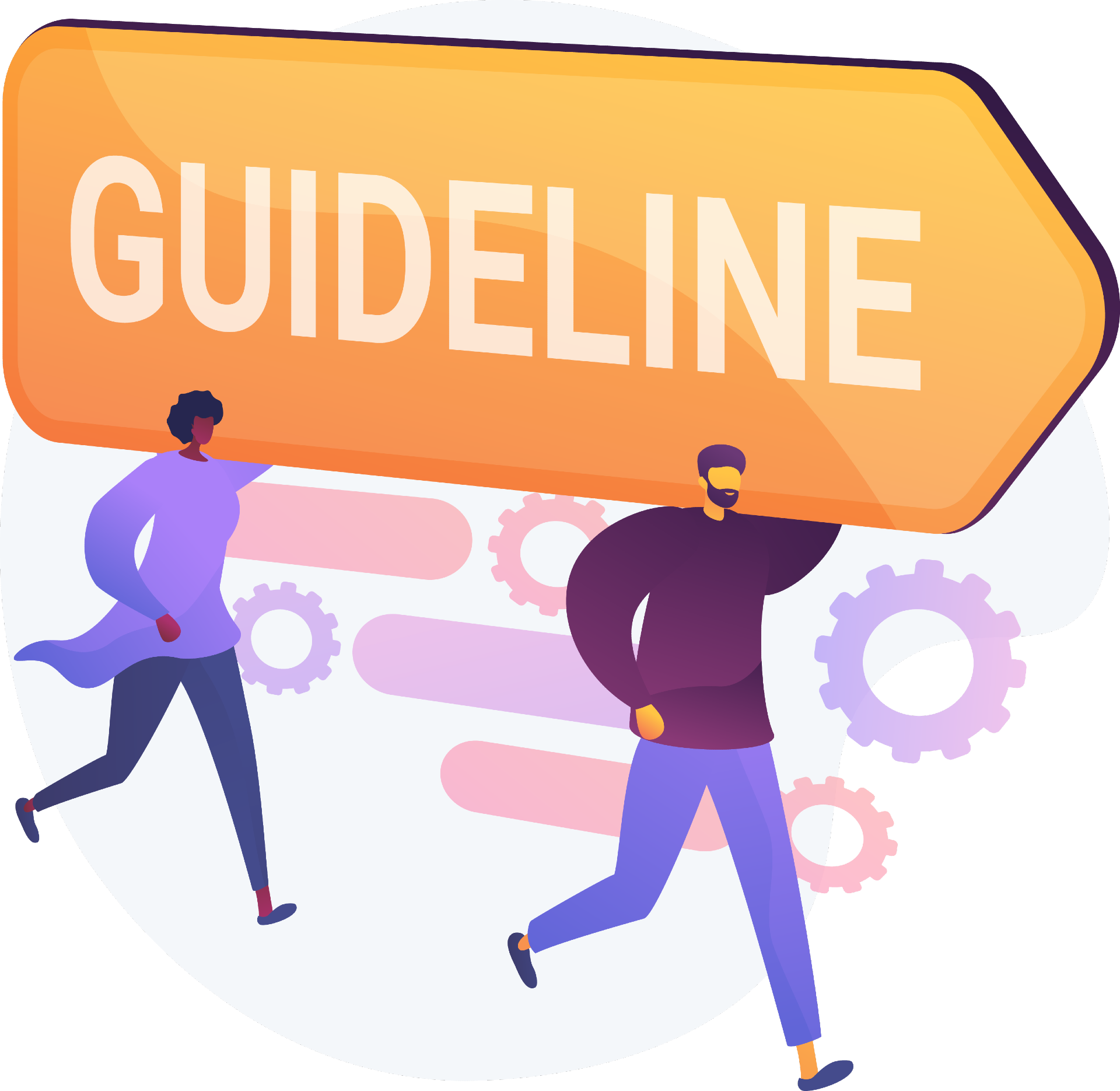We Are Internet Marketing Experts that Strategize and Implement Actionable Marketing Methods For Consistent Lead Generation.
Is Your Website ADA Compliant?

Become ADA & WCAG Compliant Today!
Failure to comply with ADA requirements makes your business liable to lawsuits from offended parties and opportunistic attorneys.
Avoid Costly Lawsuits That Can Reach Up To $50,000
What is Web ADA Compliance And Why Is It Important???

Web Accessibility Is The Law
The main purpose of the Federal Americans with Disabilities Act (ADA) is to ensure that people with disabilities have the same opportunities and rights as those without.
Businesses are required to make accessibility accommodations at their physical location as well as their web property in the digital realm.
Improves User Experience
Beyond regulatory consequences, failing to make your website more accessible means you’re losing out on business.
Any user that can’t navigate your website is a lost potential sale. On top of that, ADA compliance makes search engines more likely to crawl your website, which pushes it up the rankings and gets your content in front of more people.
Get a FREE Report And Find Out If Your Website is ADA Compliant!

Guidelines for Website Compliance
First, it's important to note that currently there are no clear rules for ADA website compliance; instead, all businesses that fall under ADA Title I or III must have a website that provides “reasonable accessibility".
And even though the requirements of the law are not clearly spelled out, the best solution for businesses is to follow the Web Content Accessibility Guidelines (WCAG)
The WCAG Guidelines Help Ensure That Your Web Content Is:
- Operable: Navigation must be easy to use. For instance, this may include offering keyboard accessibilities for people with disabilities.
- Understandable: Content should be easy to understand. It must be predictable, readable, and offer input assistance where it’s needed.
- Perceivable: You must present your content in an easily perceivable manner. This includes using alternatives to text, such as assistive technology, to allow sight-impaired people to access your content.
- Robust: Your content should be interpretable by various platforms and devices. This will ensure that it’s compatible with assistive technologies.





